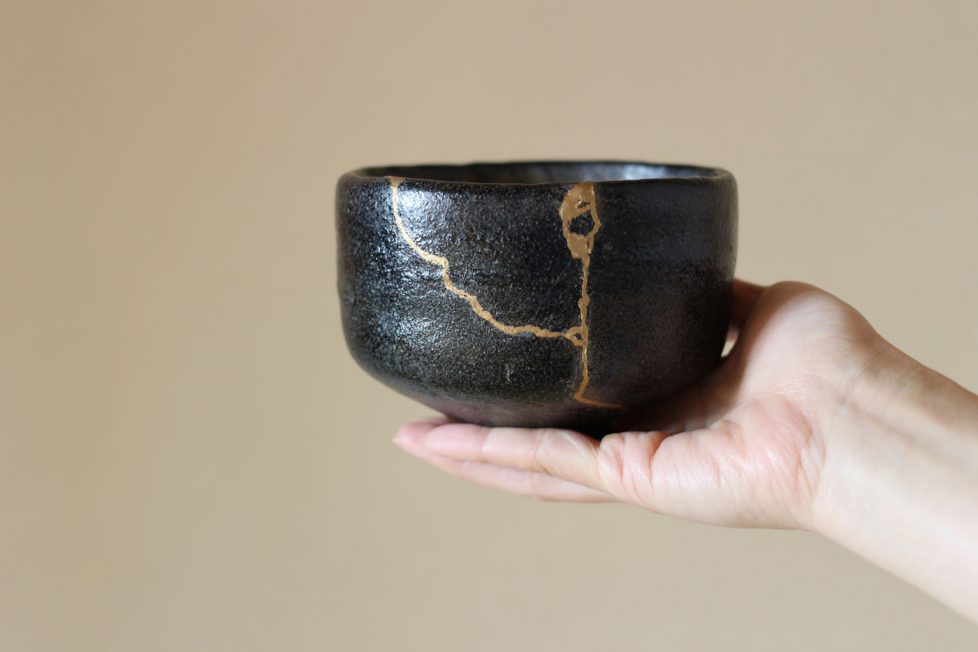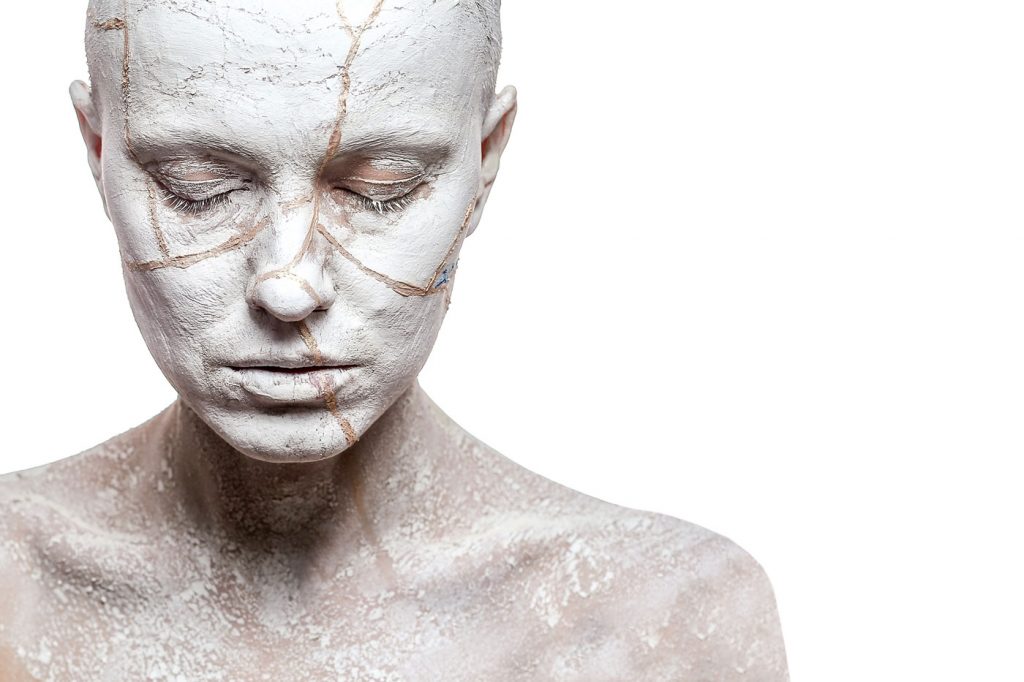What is Kintsugi?
If you are a fan of Japanese culture, you will be familiar with the concept of Kintsugi, also known as the art of precious scars.

If you are a fan of Japanese culture, you will be familiar with the concept of Kintsugi, also known as the art of precious scars.

But what is Kintsugi exactly? As Wikipedia states, Kintsugi, also known as kintsukuroi, is the Japanese art of repairing broken pottery by mending the areas of breakage with lacquer dusted or mixed with powdered gold, silver, or platinum. When a bowl, teapot or precious vase falls and breaks into a thousand pieces, we throw them away angrily and regretfully. Yet there is an alternative, which is the Japanese practice that highlights and enhances the breaks thus adding value to the broken object. Kintsugi, in fact, literally comes from the words golden (“kin”) and repair (“tsugi”).
Are you curious to find out more? In this article we will give you some insights on the world of Kintsugi.
Kintsugi has a long history which dates back to the 15th century by some accounts. The kintsugi technique may have been invented when Ashikaga Yoshimasa, the eighth shogun of the Ashikaga shogunate after breaking his favourite cup of tea sent it to China to get it repaired. It seemed that the cup was unrepairable but its owner decided to try to have some Japanese craftsmen repair it.
They were surprised at the shogun’s steadfastness, so they decided to transform the cup into a jewel by filling its cracks with lacquered resin and powdered gold. This technique left a beautiful gold joint line that said so much about the objects history, displaying the scars instead of hiding them. This technique became rapidly popular. Many collectors felt so enamored by this new technique that they even purposefully smashed valuable pottery in order to repair it by using kintsugi!

Gluing back a broken pottery item highly depends on its condition. This is the reason why the technique took on many different styles. If all pieces of the ware are present, they can be simply glued back together with thin seams of gold. If part of the object was lost, it is important to replace it.
This is done by filling the space with gold or urushi lacquer so that it takes the shape of the missing space. Japanese lacquer, or urushi, is a transformative and highly prized material that has been refined for over 7000 years. Cherished for its infinite versatility, urushi is a distinctive art form that has spread across all facets of Japanese culture from the tea ceremony to modern abstract sculpture.
The empty spaces of the broken object may also be filled by another object which fits perfectly. It is out in place with golden glue. Even today it takes a long time to repair the largest and most refined pieces of ceramics, which is something that makes the technique very precious.
The Japanese art of kintsugi basically teaches that broken objects are not something to hide but to display with pride. As a philosophy, Kintsugi treats breakage and repair as part of the history of an object, rather than something to disguise.
More than simply a pottery technique, kintsugi is inspired by the Japanese tradition of Wabi Sabi, an embracing of the flawed or imperfect. Celebrating the beauty of imperfections and living simply. Kintsugi reminds us that imperfection is both inevitable and beautiful and that to live simply is to live with beauty and grace.
Kintsugi teaches us that perfection is overrated, thus becoming a metaphor of the human journey. The deepest pain, the biggest fears—all the struggles a person goes through in their life —have forever changed that person. Each person’s history is the summary of their life experiences, from which each one of us learn and grow.
It’s only human to make mistakes, to suffer losses and wear the scars proudly. Acknowledge the person you have become throughout a journey filled with joy and sadness – kintsugi reminds us that sometimes it’s OK to feel broken, and to give ourselves time to heal and embrace our own flaws and imperfections.
The philosophy behind kintsugi shows us that in the process of repairing things that have broken, we actually create something that is even more unique, resilient and beautiful. Cared for, then honored, the broken object assumes its past, and becomes paradoxically more resilient, more beautiful and more precious than before the shock.
This metaphor illuminates in a new way every step of any healing process, whether it is a physical injury, or emotional. Kintsugi teaches us the essence of resilience. Each of us should look for a way to cope with traumatic events in a positive way, learn from negative experiences, take the best from them and convince ourselves that exactly these experiences make each person unique, precious.
